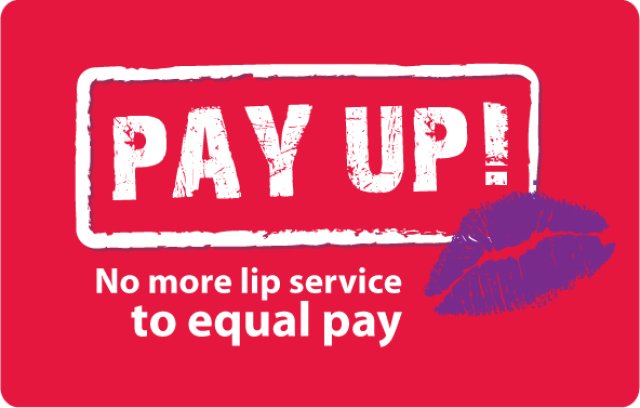
Forty years after the first equal pay test case, the gap between male and female wages continues to widen.
Australian Bureau of Statistics figures released on May 20 put the pay gap (as of February 2010) at 18%. Women on average now earn $239.30 a week less than men.
The pay gap has increased 0.5% over the quarter (from 17.5%) and 1.5% over the year (from 16.5%). The gap is now at its highest level since August 1994.
This pay gap means, on average, Australian women have to work an extra 66 days to earn the same amount as men. These figures prompted Equal Opportunity in the Workplace Agency acting director, Mairi Steele, to announce that Equal Pay Day will fall on September 4. It will mark the point in the financial year that an average female worker must work until to earn what an average male worker made in the previous financial year.
Steele said: “It’s very disappointing that we have an extra three days to plan our Equal Pay Day activities this year.”
Equal Pay Day fell on September 1 last year.
The gender pay gap is higher in the private sector: 21.7% compared with 12.1% in the public sector. Industries with the highest pay gap are financial and insurance services (29.3%), health care and social assistance (29%), real estate (28.3%) and professional, scientific and technical services (27.6%).
Industries with the lowest gender pay gap are transport, postal and warehousing (6.5%), public administration and safety (8.6%) and education and training (9.8%).
The gender pay gap is caused by a variety of factors including the undervaluing of women’s work, inflexible work practices limiting employment prospects, casualisation, the predominance of women workers in industries where union density is weak and industry structures which make bargaining for above award wages and conditions difficult.
A National Centre for Social and Economic Modelling fact sheet says: “Other differences between men and women such as women’s choices of careers, jobs and work hours, consideration of caring responsibilities, women’s work motivations, bargaining power and appetite for risk, as well as discrimination against women that occurs in the workplace, all impact heavily on the gender pay gap.”
The gap impacts negatively on women’s workforce participation. Women earning less than men acts as a disincentive for women to enter the paid workforce or work more hours.
The Australian Services Union (ASU) has launched a national campaign to achieve pay equity for its members in the non-government social and community services sector. It aims to extend, to workers nationwide, the pay increases of 18-37% won in the Queensland Industrial Commission in May 2009.
On March 11 the ASU filed an Equal Remuneration Order application with Fair Work Australia (FWA). They have been joined by other unions who cover workers in the sector.
ASU members are campaigning to get state, territory and federal governments (which provide funding to non-government agencies) to ensure that provision is made in government budgets to fund the pay rises.
The campaign has included petitions to governments, sending “postcard kisses” to industrial relations minister Julia Gillard and gaining commitments from employers to release workers to attend the National Day of Action on June 10.
Rallies will be held in all capital cities and in regional centres. A further National Day of Action is proposed for November.
The case before FWA is historic. But in the absence of a strong grass roots women’s movement such legal victories can remain mere abstractions or be rolled back, as has been the case in the 40 years since the first Equal Pay decision.